Unveiling the Top Tech Marvels – The Most Innovative Tech Products of 2023
TECH PRODUCTS – Here are the cutting-edge technological offerings of 2023 that showcase remarkable innovation.
Step into the forefront of technology, where innovation has limitless potential. An influx of revolutionary technological products is transforming our lifestyles, professional endeavors, and connections.
Whether it’s pioneering developments in artificial intelligence and the internet of things or groundbreaking progress in healthcare and sustainable solutions, the forefront of 2023’s most inventive tech products is expanding horizons, making feasible what was once confined to our imagination. Come along as we embark on an exploration of the cutting-edge devices and technologies that are shaping the future landscape.
Most innovative tablet: Google Pixel Tablet
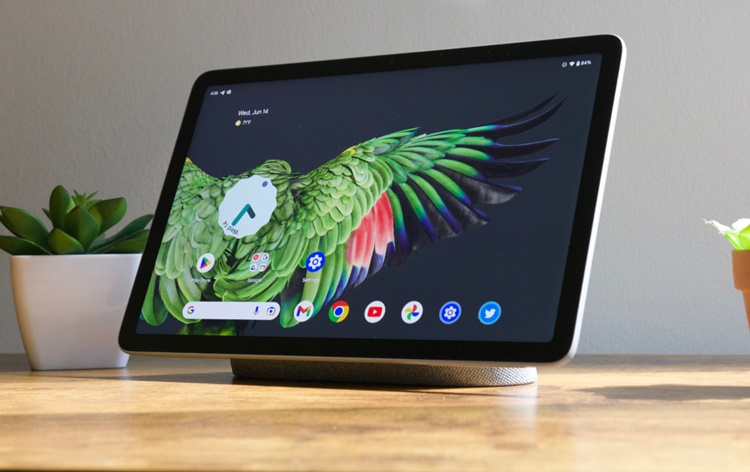
In the realm of 2023 tablets, the Google Pixel Tablet distinguishes itself as the standout choice. Despite not boasting the most impressive specifications and being susceptible to software bugs, it sets itself apart from the competition in a unique way. The Pixel Tablet transcends the conventional tablet experience by seamlessly combining the functionality of a tablet and a smart display within a single, streamlined package.
When utilized as a standard Android tablet, the Pixel Tablet delivers all the expected features, allowing users to browse the web, watch YouTube videos, play games, and more on its 11-inch display. The Tensor G2 processor ensures satisfactory performance for everyday use, complemented by the user-friendly Android 14 interface developed by Google. However, what truly sets the Pixel Tablet apart is its versatility. Instead of languishing in storage when not in active use, the tablet can be effortlessly attached to its accompanying speaker dock, transforming it into a fully functional Nest Hub.
As a smart display, the Pixel Tablet on its dock seamlessly integrates into the user’s smart home ecosystem. It enables control of smart devices, provides weather updates, displays upcoming calendar appointments, and more. The dock not only charges the Pixel Tablet but also elevates the audio experience with its robust loudspeakers. This innovative fusion of tablet and smart display functionality distinguishes the Google Pixel Tablet as a magical device in a class of its own. It stands as a testament to its ingenious design, setting it apart as the most innovative tablet of 2023—a choice that no other tablet this year can match.
Most innovative laptop: Lenovo Yoga Book 9i
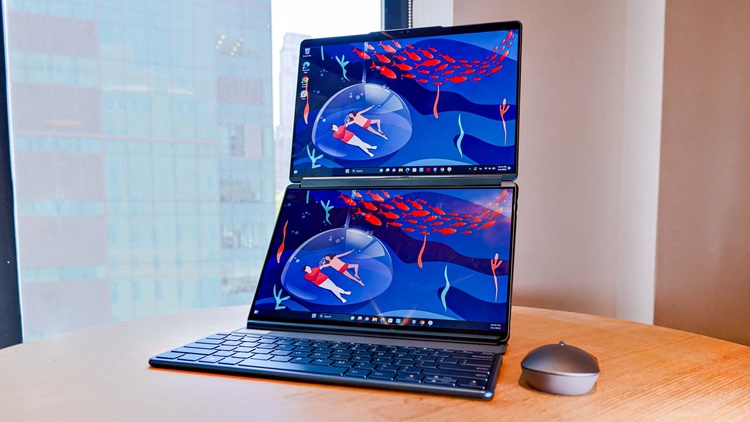
The dual-screen laptop concept initially met its demise with the Surface Neo, a project by Microsoft that was announced and subsequently canceled before it materialized. However, Lenovo has breathed new life into this idea with the Yoga Book 9i, marking the company’s most successful experiment in years.
The device introduces an engaging feature known as the foldable “origami stand,” utilizing robust magnets to allow users to use both screens in tandem, either side by side or stacked vertically. While the vertical mode may seem a tad impractical, it adds a unique touch for scenarios like watching a YouTube video while keeping the other screen free for different tasks. Although the Yoga Book 9i doesn’t stand out in terms of performance, battery life, or other standard laptop features, it impressively maintains competence without sacrificing these essentials in pursuit of its distinctive design. Perhaps most surprisingly, the price isn’t exorbitant, with a single configuration (featuring 16GB of RAM and 512GB of storage) priced at $2,000. While not inexpensive, it’s a refreshing departure from the trend of extremely high prices associated with genuine innovation.
Most innovative phone: OnePlus Open
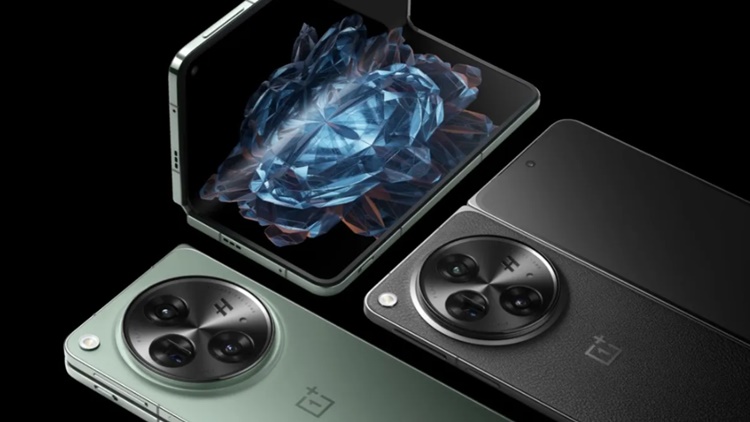
While Samsung has long held sway over the foldable market in the U.S., 2023 witnessed a surge in foldable offerings from competitors such as Google and OnePlus. Surprisingly, the OnePlus Open has emerged as the leading folding phone, despite being OnePlus’ inaugural foray into the foldable realm.
Boasting impressive specifications, the OnePlus Open is equipped with Qualcomm’s Snapdragon 8 Gen 2 chip, 16GB of RAM, and a capacious 512GB storage capacity. This formidable hardware ensures the OnePlus Open’s capability to effortlessly handle a diverse range of tasks. The device is further enhanced by a robust 4,805mAh battery that guarantees a full day of usage and supports rapid 67W fast charging.
Featuring a 6.31-inch AMOLED cover display, the OnePlus Open unfolds to reveal an expansive 7.82-inch AMOLED inner display. Both screens exhibit a remarkable 120Hz refresh rate and can achieve a peak brightness of up to 2,800 nits, positioning the phone’s display as one of the brightest in the market. The inner display’s anti-reflective coating enhances usability in bright sunlight, setting it apart from the competition. Notably, OnePlus’ Flexion Hinge minimizes the visible crease, a common concern with current folding phone designs.
The device is equipped with a powerful triple-lens Hasselblad camera system, including a 48MP primary camera, a 48MP ultrawide camera, and an impressive 64MP telephoto camera offering 3x optical, 6x in-sensor, and up to 120x Ultra Res zoom capabilities. The cover display sports a 32MP selfie camera, while the inner selfie camera is 20MP, and users can also utilize the rear camera for selfies.
However, the true allure of the OnePlus Open lies in its multitasking prowess, facilitated by the Open Canvas feature in OxygenOS 13.2. This innovative multitasking approach is expressly designed to enhance productivity through efficient multi-window management.
The OnePlus Open can accommodate three applications simultaneously through split-screen and floating windows, complemented by a persistent desktop-style taskbar located at the bottom. However, its versatility extends beyond the confines of the physical screen, allowing users to stretch and resize windows according to their preferences. Open Canvas essentially provides a virtual screen space, enabling the seamless addition or removal of second and third windows with a simple sliding gesture.
The OnePlus Open not only stands out for its impressive specifications and appealing design but also distinguishes itself with a novel multitasking approach, fostering heightened productivity. This innovative feature set positions the OnePlus Open as one of the most forward-thinking phones of the year, particularly noteworthy in the realm of foldable devices.
Most innovative wearable: Samsung Galaxy Watch 6 Classic
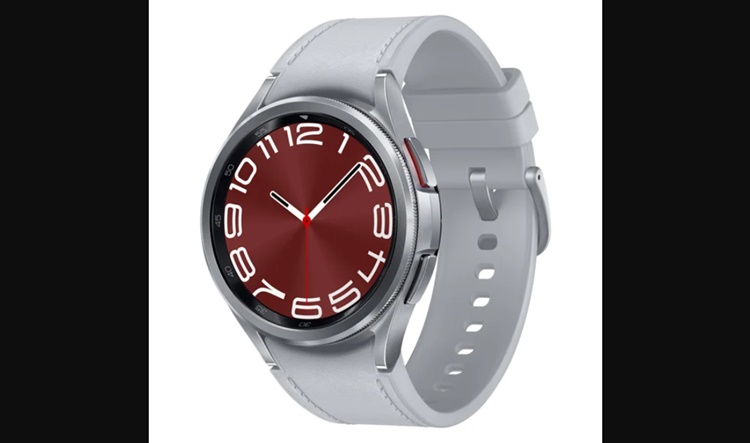
In 2023, Samsung opted not to release an update for the Galaxy Watch 5 Pro from the previous year; instead, it introduced the Galaxy Watch 6 Classic. This latest model marked the return of the Classic name and design, featuring a notable addition: the physical rotating bezel. The Galaxy Watch 5 Pro’s attempt to rival the Apple Watch Ultra in 2022 was vague and fell short in comparison, leading to Samsung’s decision to forego an update this year.
The reintroduction of the rotating bezel, last seen on the Galaxy Watch 4 Classic, is a commendable move by Samsung, addressing its absence in the previous year. The tactile act of twisting the bezel enhances the intuitive, speedy, and effortless control of the Galaxy Watch 6 Classic’s software, surpassing the conventional method of tapping the touchscreen. While many competitors favor the rotating crown, Samsung’s utilization of the bezel as a control system showcases ergonomic brilliance.
Although dubbing it an innovation may be a stretch, the return of the rotating bezel after a year’s hiatus is a sensible and welcomed decision. The Galaxy Watch 6 Classic continues to offer an array of features, some uncommon for a smartwatch. Noteworthy functionalities include body composition measurement, typically found on smart scales, and the capability to measure blood pressure reliably without complications. Additionally, Samsung’s decision not to impose a subscription fee for accessing health data and associated features in Samsung Health can be viewed as an innovative approach in today’s landscape.
The design team at Samsung succeeded in capturing the authentic watch-like look and feel of the Galaxy Watch 6 Classic. The thoughtful incorporation of the bezel, the availability of various case sizes, and the revival of the striking silver-and-white color combination from the Watch 4 Classic contribute to its appeal. In summary, the Galaxy Watch 6 Classic stands out as a fantastic smartwatch, with the clever reintroduction of the rotating bezel setting it apart significantly from its predecessor, the Galaxy Watch 5 Pro.
Most innovative headphones: Hed Unity Wi-Fi headphones
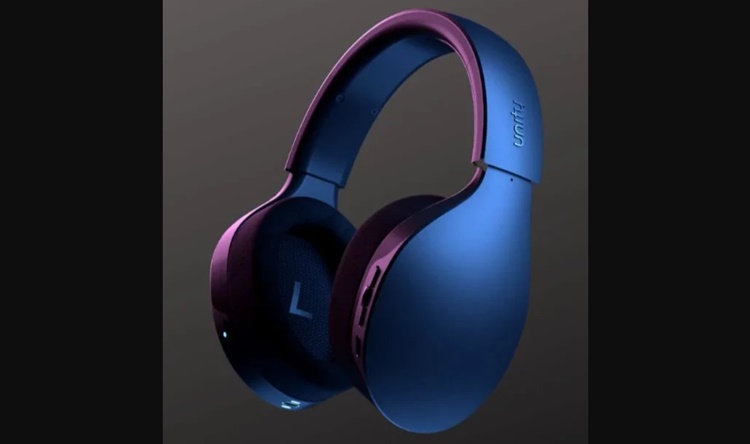
The convenience of wireless Bluetooth headphones and earbuds is undeniable. Since the introduction of the original AirPods by Apple in 2016, these categories have evolved into multibillion-dollar industries, captivating music enthusiasts. However, one segment of music aficionados, the audiophiles, has consistently approached Bluetooth with skepticism.
Audiophiles rightly argue that Bluetooth falls short as a substitute for a wired connection, primarily because Bluetooth traditionally necessitates the use of lossy compression for digital music. Achieving CD-quality stereo within the confines of Bluetooth’s transmission requires discarding some information. As for hi-res audio surpassing CD quality, it has been deemed unattainable.
Alternatively, if wireless audio devices like headphones and earbuds could integrate Wi-Fi alongside or instead of Bluetooth, there would be ample bandwidth to accommodate even the highest-resolution lossless digital audio. While this might seem like a straightforward solution, no audio manufacturer had ventured into this territory until the introduction of the Hed Unity.
By incorporating both Wi-Fi and Bluetooth technologies, the Hed Unity headphones have marked a significant milestone as the first wireless headphones allowing users to enjoy CD-quality and higher lossless audio, free from concerns about Bluetooth codec compatibility or wireless range limitations. As long as the headphones are within the Wi-Fi network range, users can stream various sources of hi-res lossless music, including Tidal, Qobuz, and personal music collections stored on the network.
For audiophiles seeking wireless listening without Bluetooth compromises, the Hed Unity presents a viable option, albeit with some noteworthy caveats. Firstly, there’s the price point, with the Hed Unity priced at $2,199, potentially making them one of the most expensive wireless headphones available, excluding those incorporating exotic materials like gold or diamonds.
Secondly, the adoption of Wi-Fi in headphones has been limited due to its substantial power consumption compared to Bluetooth. As expected, the Hed Unity offers a listening time of about six to eight hours before requiring recharging, placing them among the wireless headphones with the shortest battery life.
Thirdly, Hed is still establishing partnerships with streaming music companies. Currently, Tidal and Qobuz are the only sources of lossless audio compatible with Wi-Fi on Unity (other services can be streamed via traditional Bluetooth).
Most innovative TV tech: LG MLA OLED panel technology
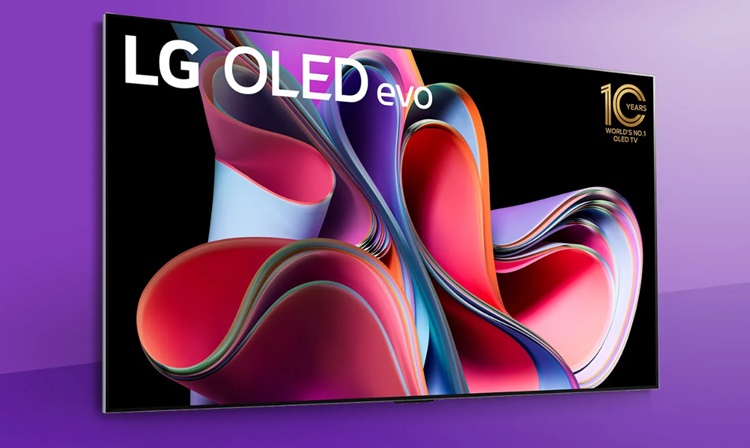
When Samsung introduced QD-OLED technology in its S95B OLED TV, LG swiftly responded with MLA OLED technology, suggesting that the tech had been reserved for such a competitive moment. Regardless of the behind-the-scenes narrative, the unveiling of MLA this year was a welcomed development.
Practically speaking, Micro Lens Array (MLA) technology has notably enhanced the brightness of LG’s OLED panels compared to their previous iterations. This achievement is significant not only because one of the few criticisms of OLED TVs and monitors was their inability to match the brightness of QLED TVs, but also considering the unprecedented brightness figures posted by Samsung Display’s QD-OLED technology.
LG approached this brightness enhancement in a fascinating manner. Instead of altering organic compounds, increasing electrical power, or introducing innovative heat-dissipation technologies, LG Display overcame brightness limitations by focusing on efficiency.
Essentially, MLA entails a thin sheet with millions of tiny convex lenses imprinted on it. These lenses capture light that would typically scatter inside an OLED panel and concentrate it precisely where it’s intended: towards the viewer’s eyes.
While it might seem like a straightforward solution, the implementation of MLA is a remarkable engineering achievement. The combination of MLA with other brightness-enhancing strategies employed by LG has resulted in a brightness increase of up to 70% compared to traditional W-RGB OLED TVs. Ultimately, LG’s Gallery Series G3 OLED now stands as the brightest OLED TV ever tested.
With concerns about OLED brightness significantly alleviated, LG has created a more challenging landscape for QLED TV manufacturers to assert their TVs’ superiority. This development is sure to fuel the ongoing TV brightness competition that has been intensifying for several years.
